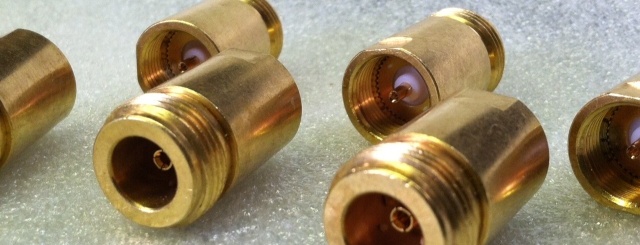Electroplating Evolution
Modern regulations have caused the electroplating process to evolve into something quite different. The Italian chemist Luigi Brugnatelli created the original process. In the early 1800’s Brugnatelli began to experiment with various metallic plating solutions. As a result he successfully plated several silver objects with a fine layer of gold. This was shortly after Allisandro Volta discovered the chemical process that would eventually lead to the “voltaic” electrical batteries.
Unfortunately for Brugnatelli, he had a suffering relationship with the French Academy of Sciences. As a result, His work went unrecognized and unpublished throughout Europe. Outside of a small cluster of colleagues, his scientific discoveries were left in obscurity.
Less than half a century later, other nations had also discovered similar methods of electroplating. By 1839, Russia and Great Britain had discovered processes that would allow them to plate decorative items. In 1840 England had refined the plating process through the use of potassium and cyanide plating. The Engilish men were two cousins, Henry and George Elkington of Brimingham
Their unique process enabled the Elkingtons to secure the first recorded patents for gold and silver plating. Consequently Stiff resistance from the traditional industrial plate manufacturers as a result the English men to take matters into their own hands. The two cousins established their own factories where they began plating everything from silverware to picture frames. Their success soon led them to dominate the decorative metals industry around Great Britain.
The Elkington’s plating process spread from Great Britain to regions throughout the world. It underwent nearly a century of only slight refinement. This includes methods of plating with other metallic solutions such as tin, copper, nickel and zinc. Fueled by the demands of WWII for greater innovation, as well as the rise of environmental concerns in the 1970’s, the electroplating process has adopted safer acid baths to replace the Elkington’s cyanide baths along with several other guidelines to protect the health of industrial workers.
Today’s evolution
Changes in bath solution coupled with modifications to the actual formula have given the plating industry of today greater control over the overall process. Now, plate thickness can be consistently calculated to within millionths of an inch, most of all this provides exact measurements that are required in medical and technological fields today.
With ongoing improvements to the electrical industry, and successful scientific innovation the plating industry may yet contribute to unparalleled progress in the fields of communication, electronic enhancement, medicine and artistic decoration.

